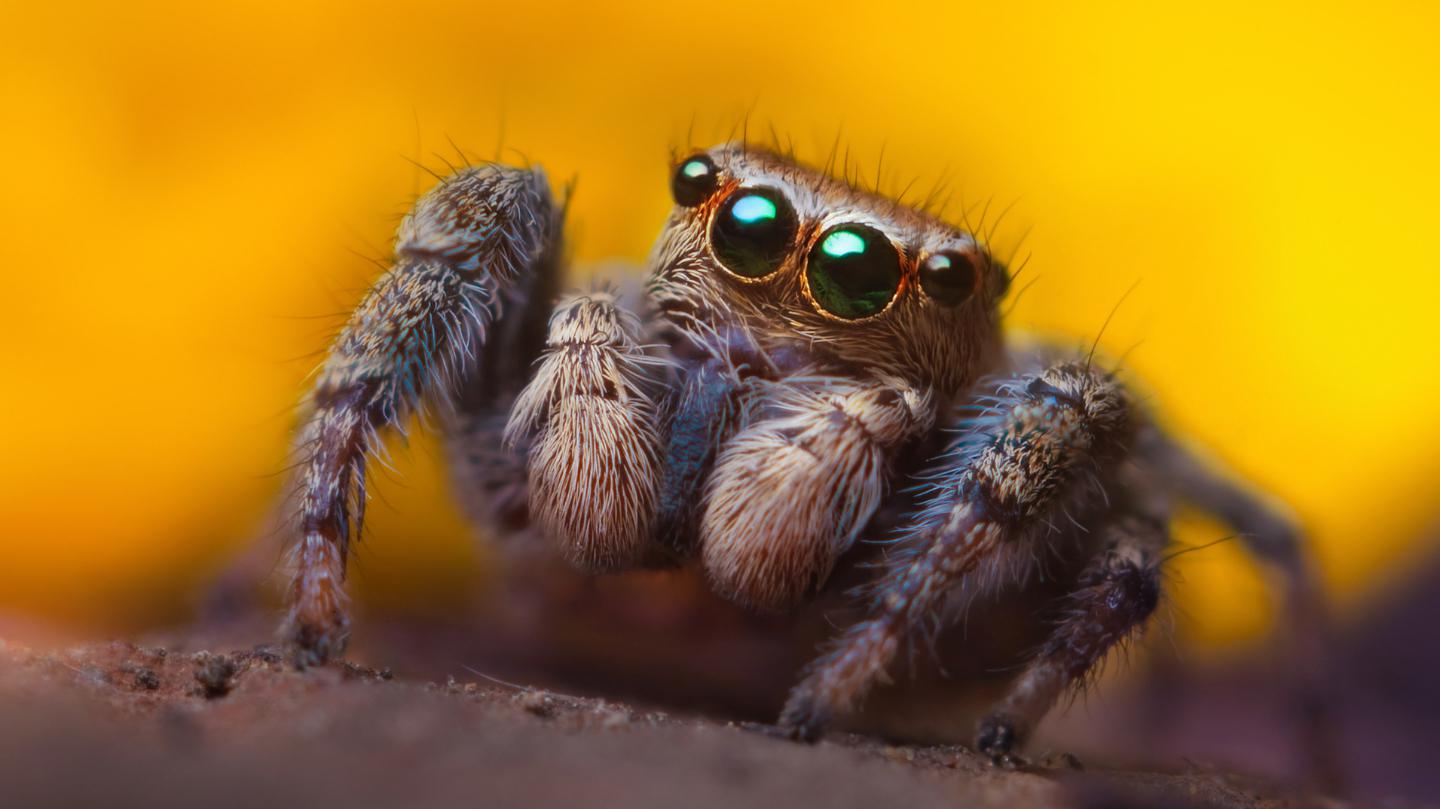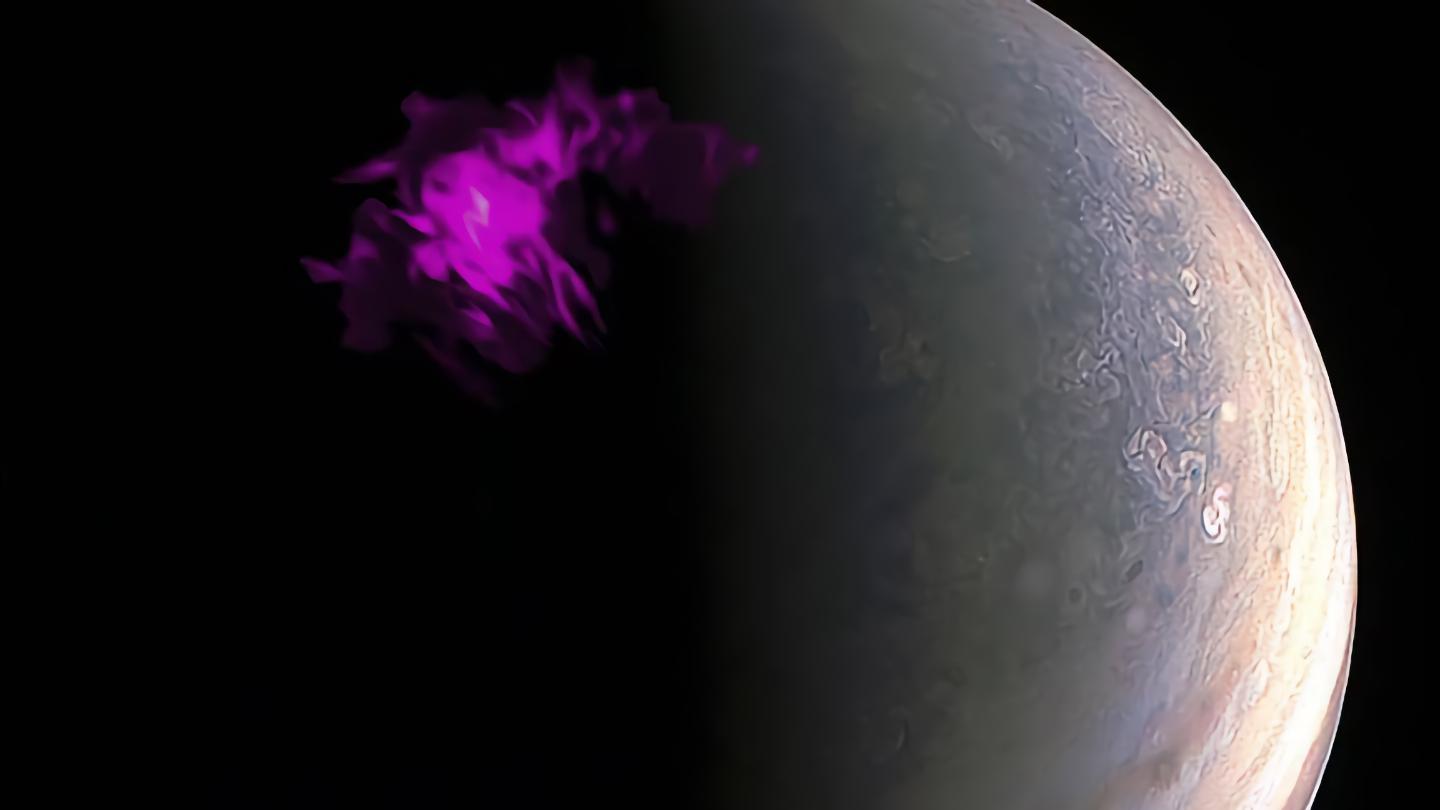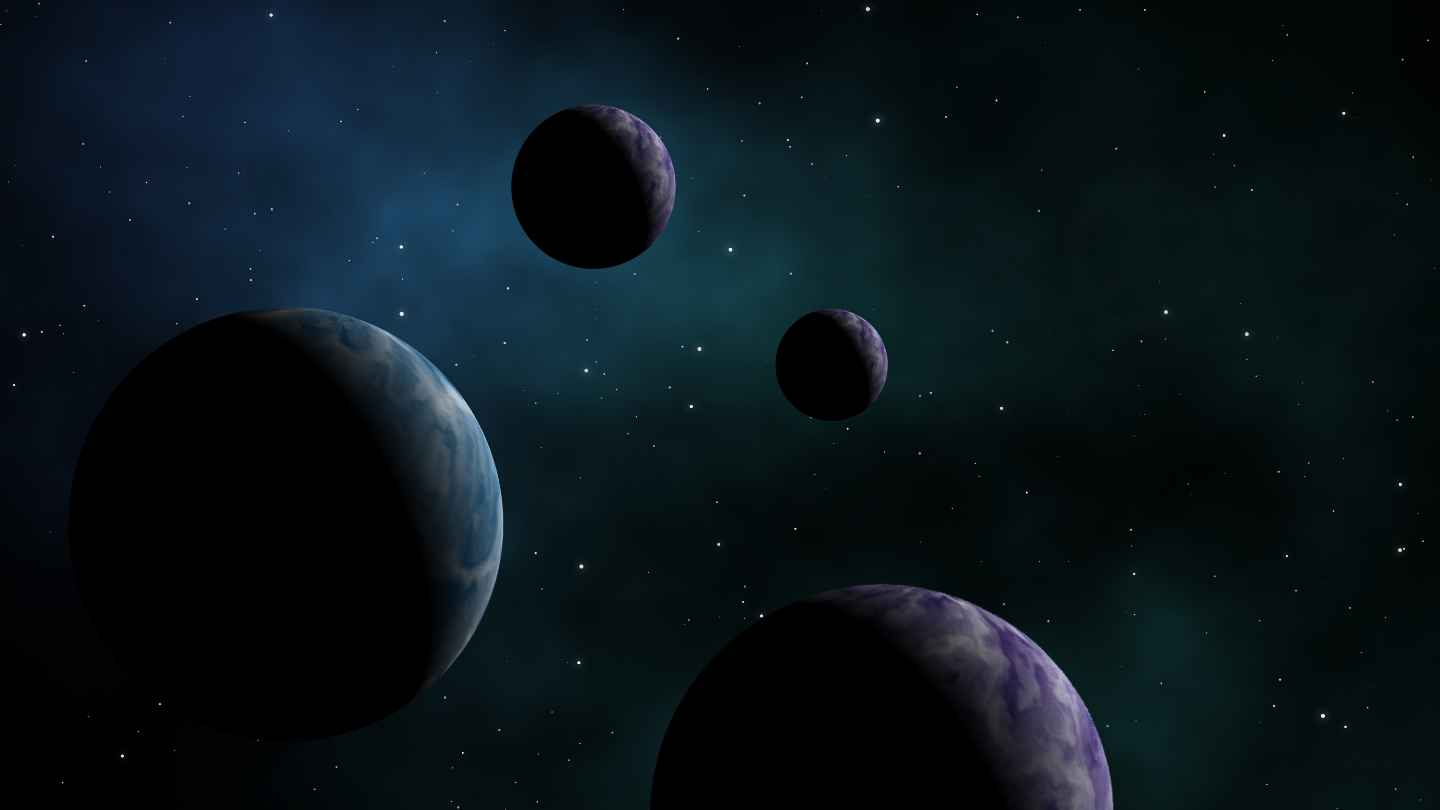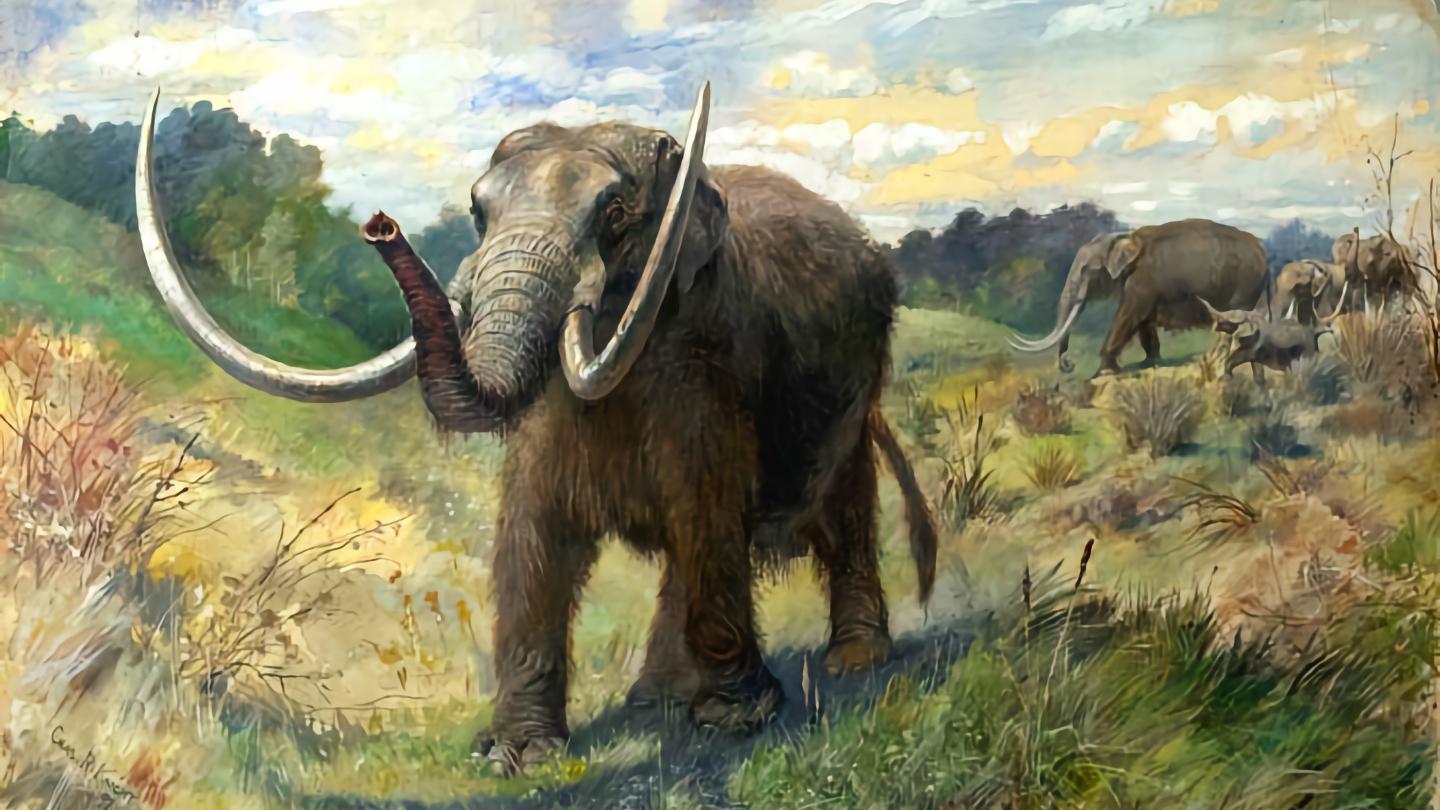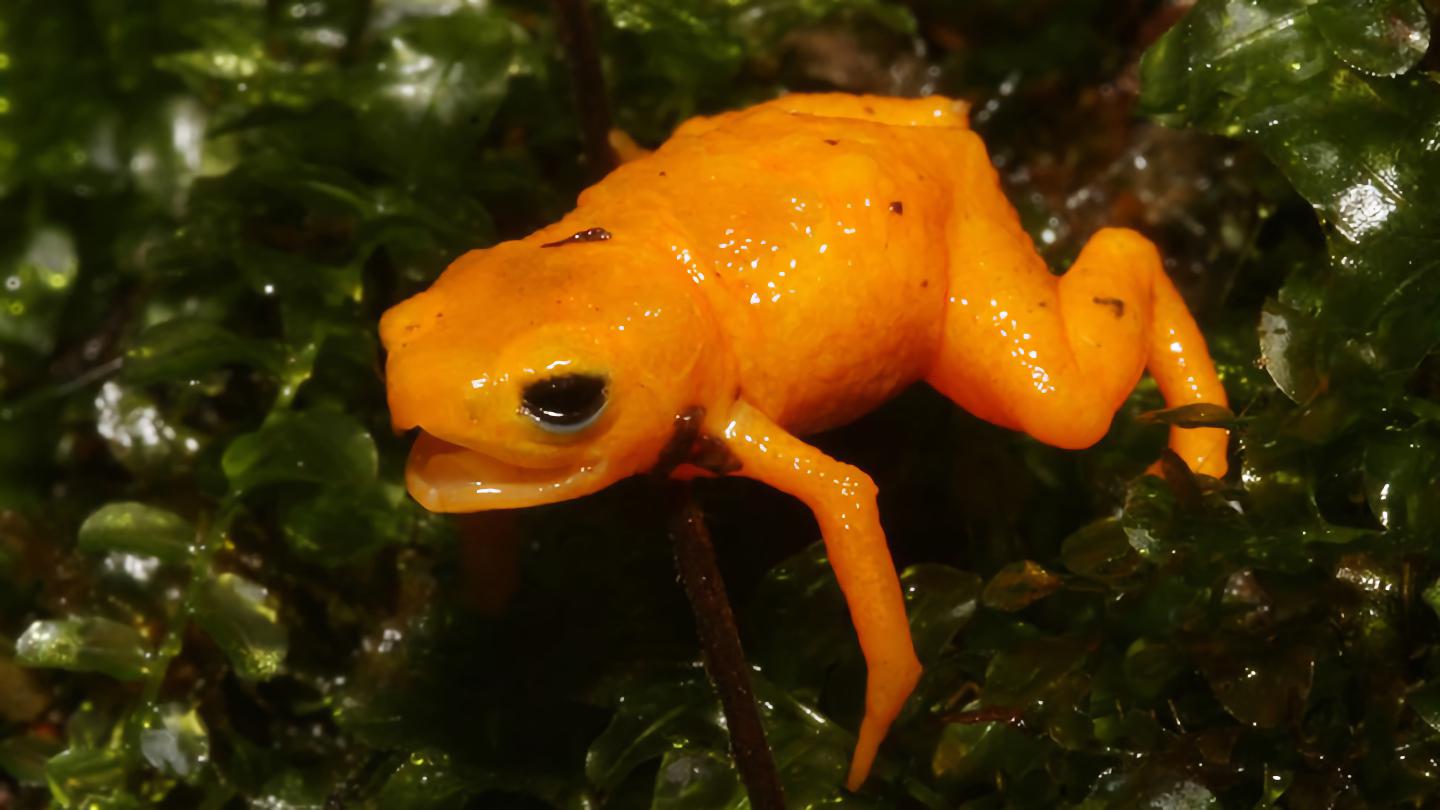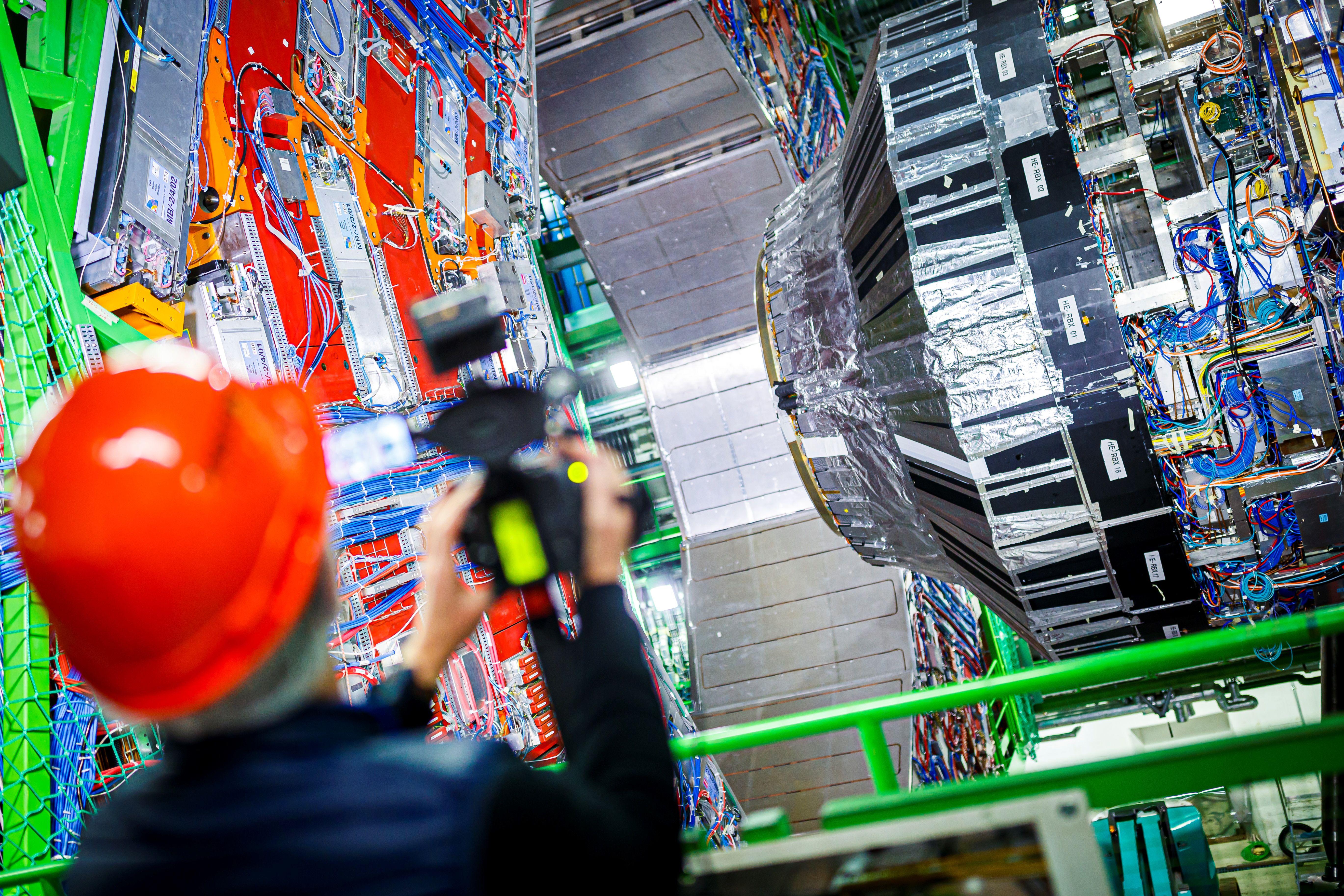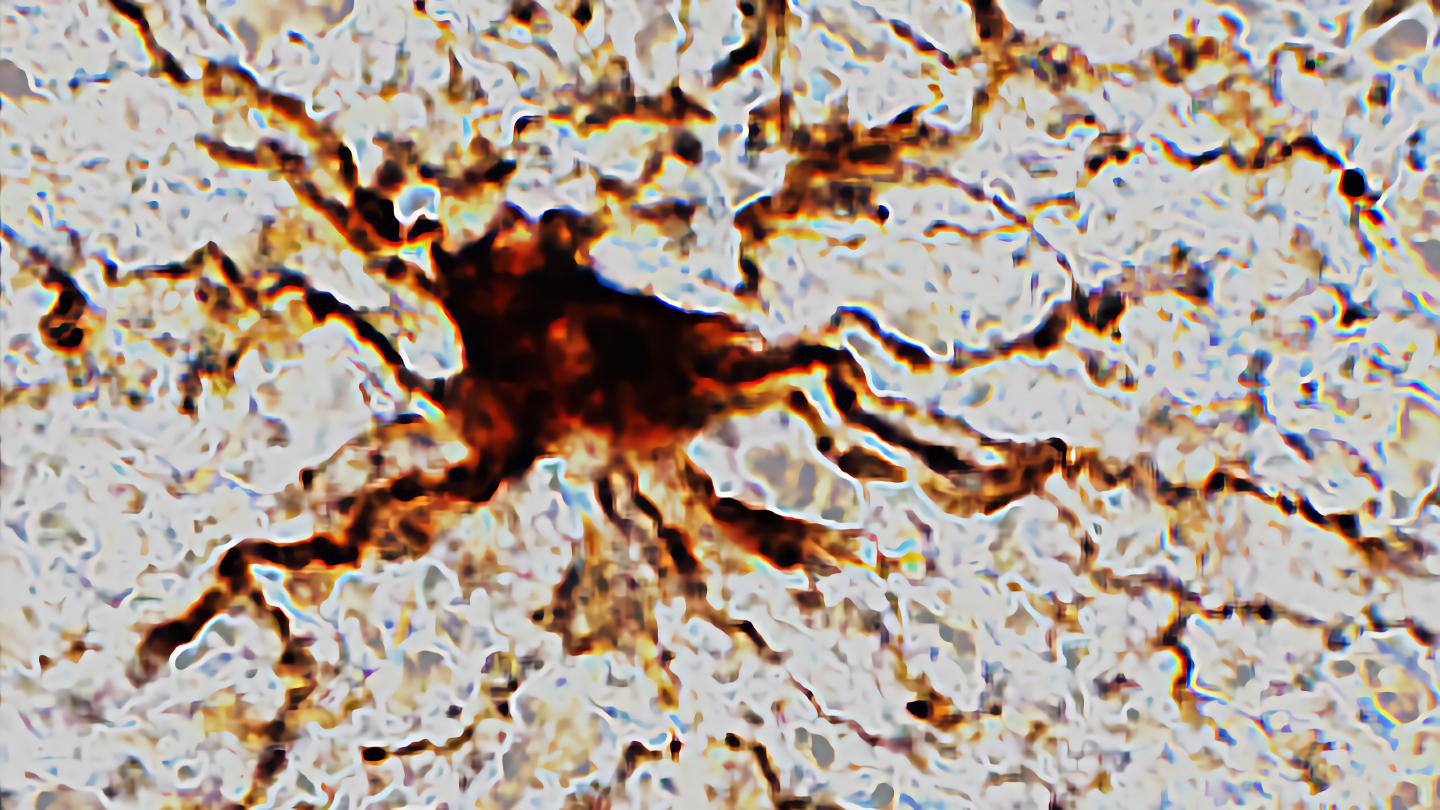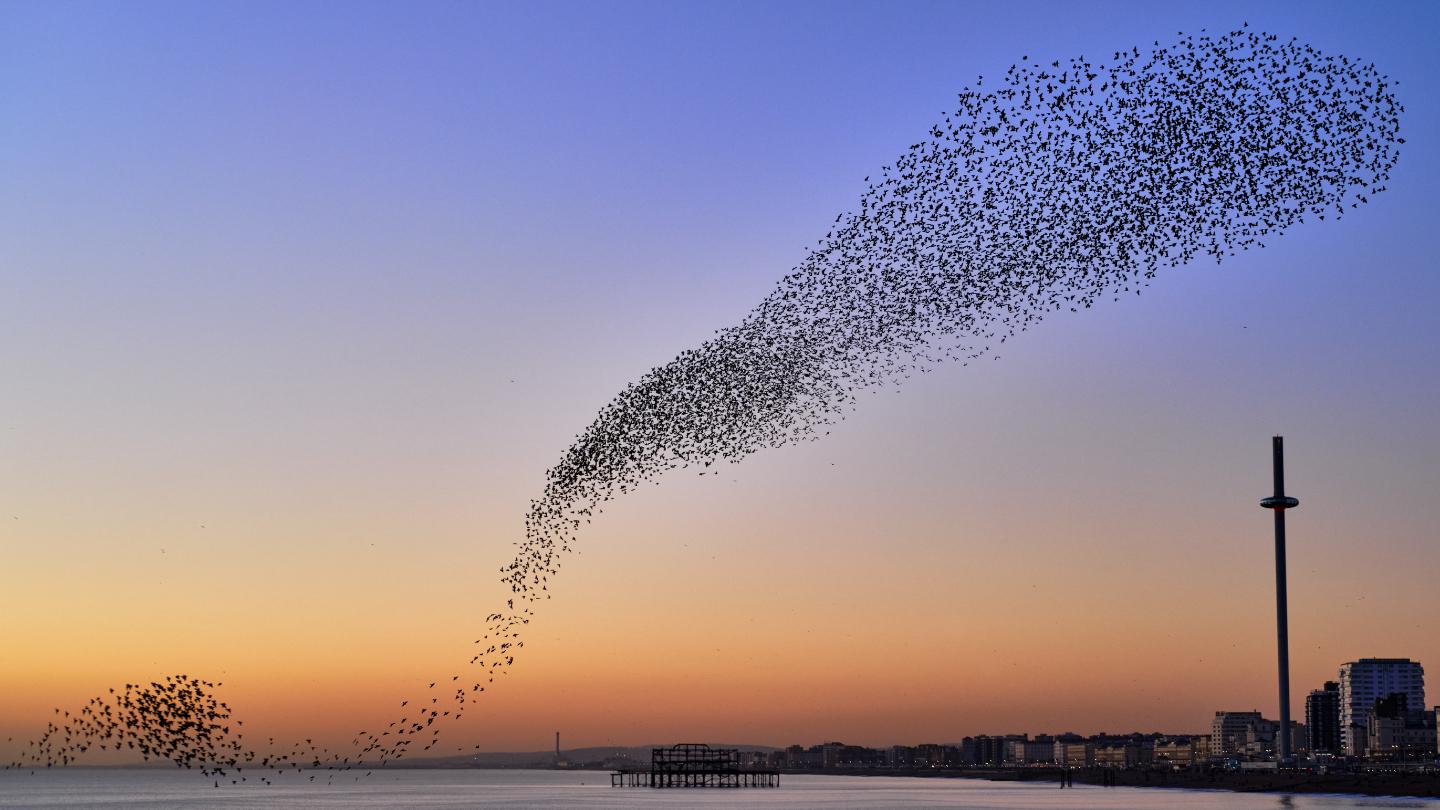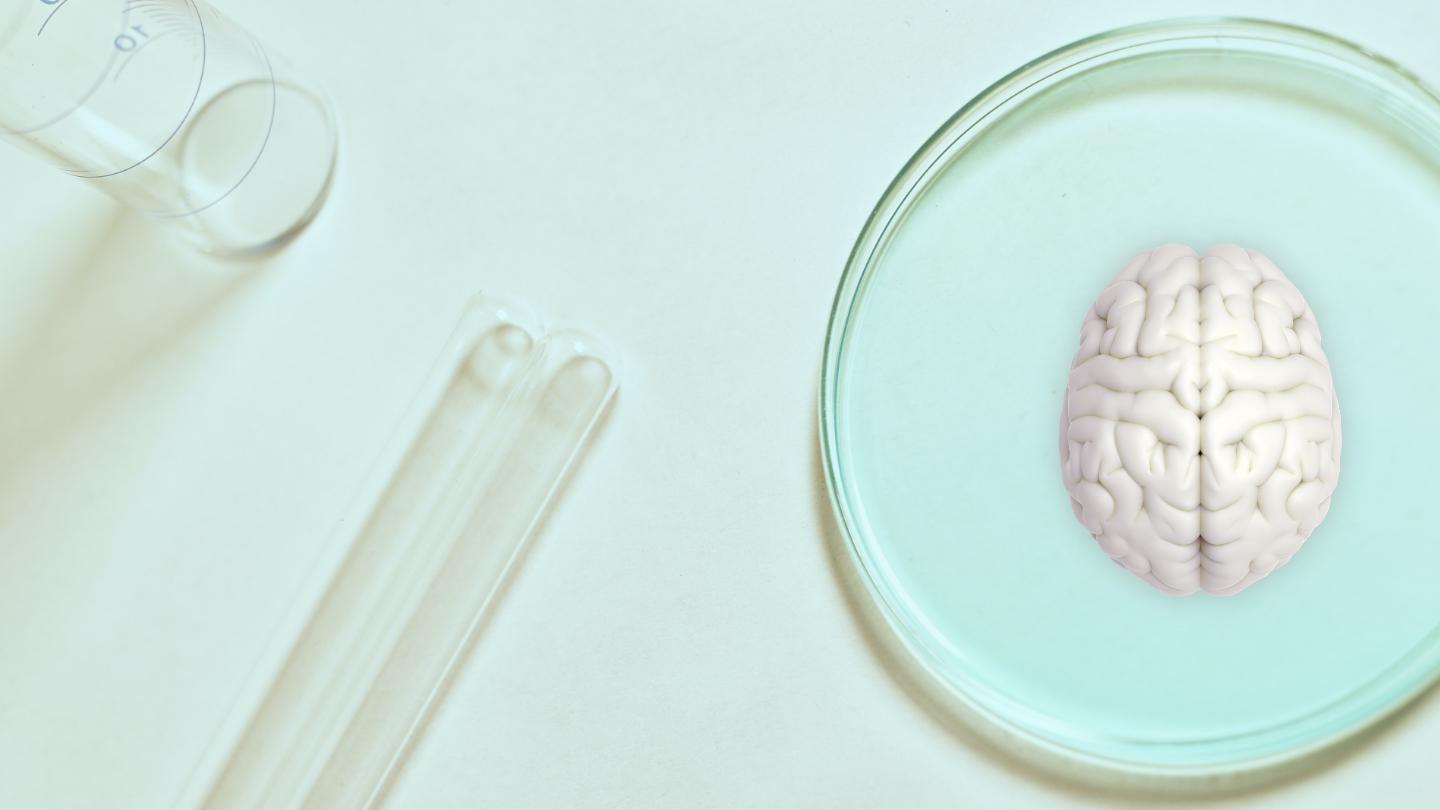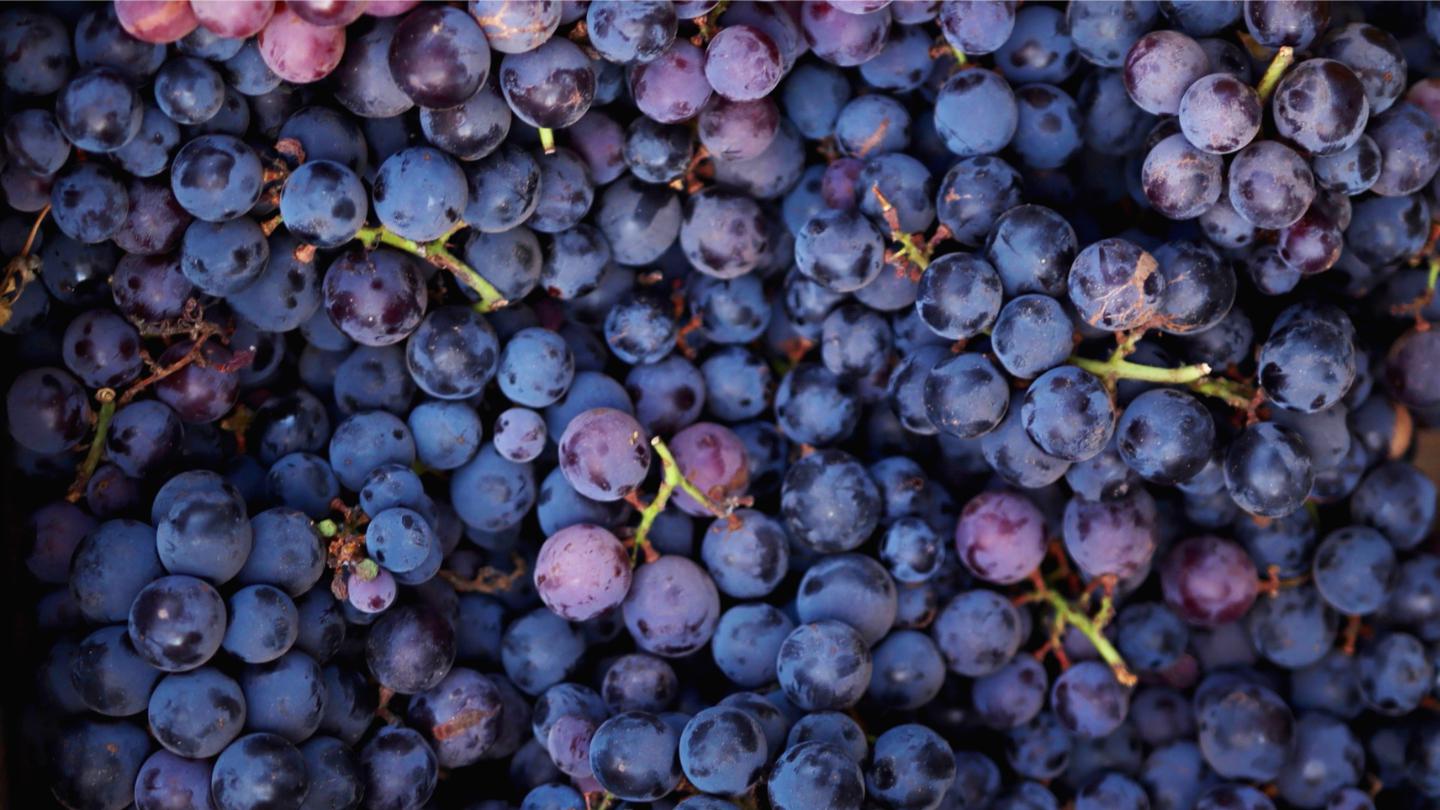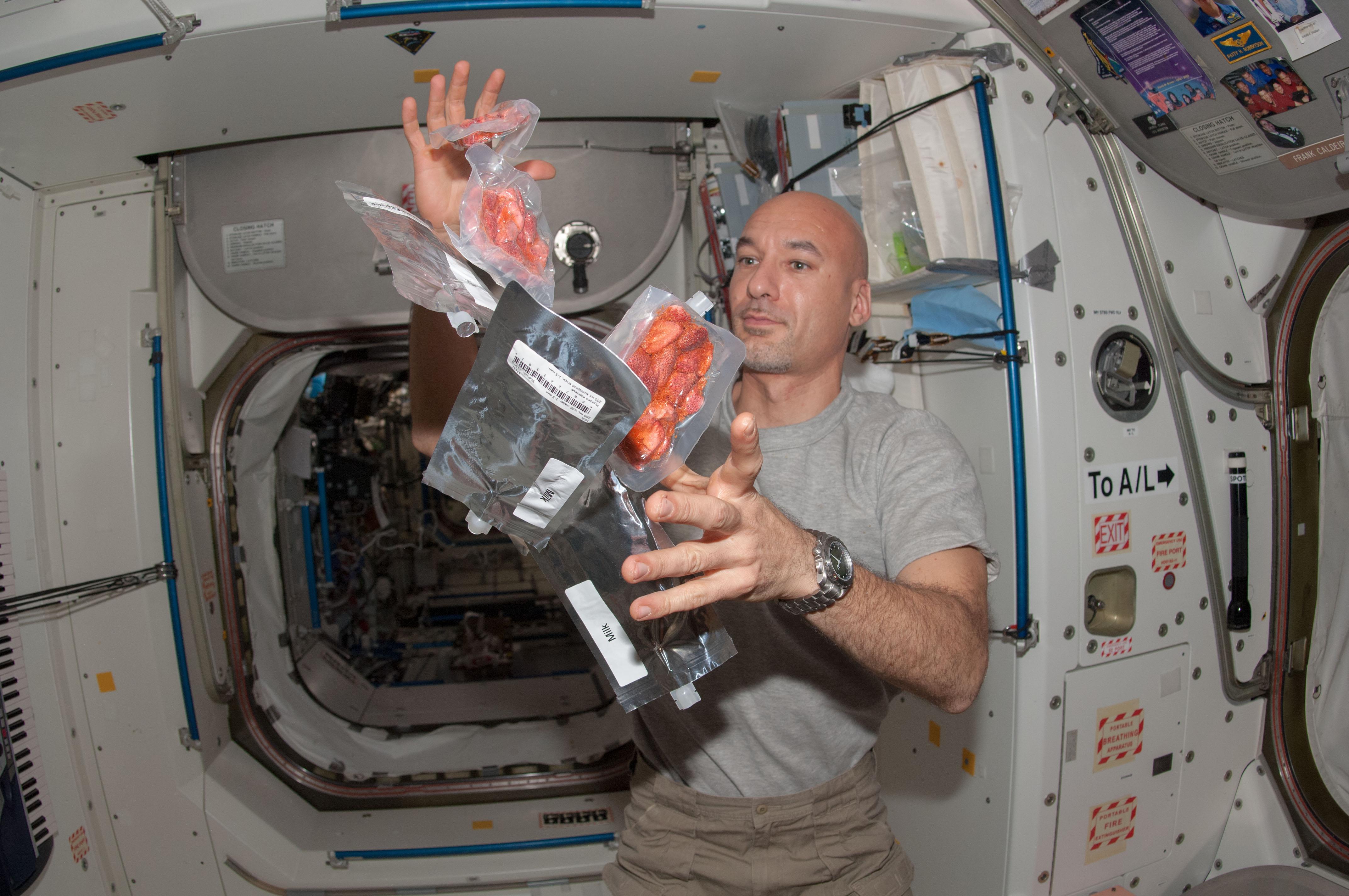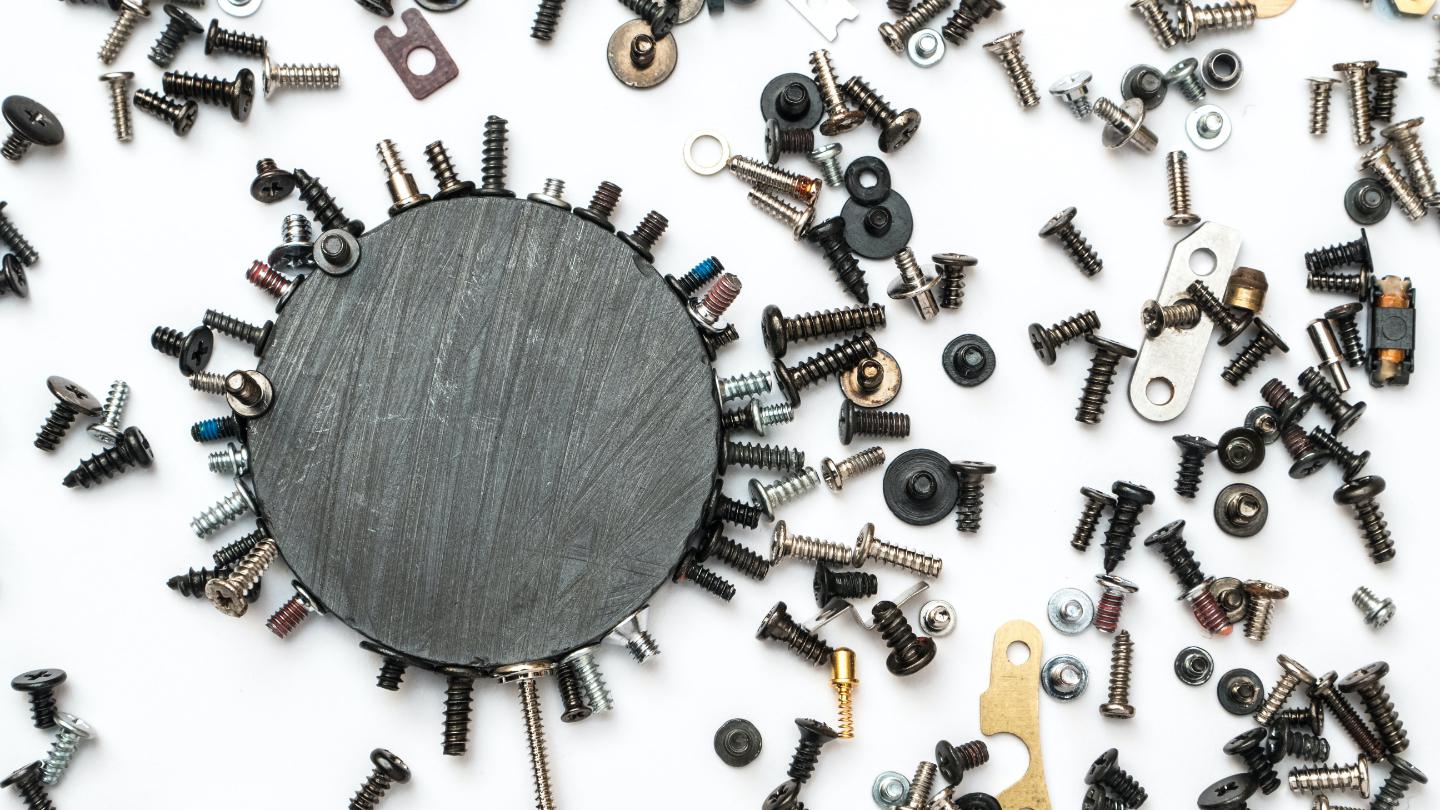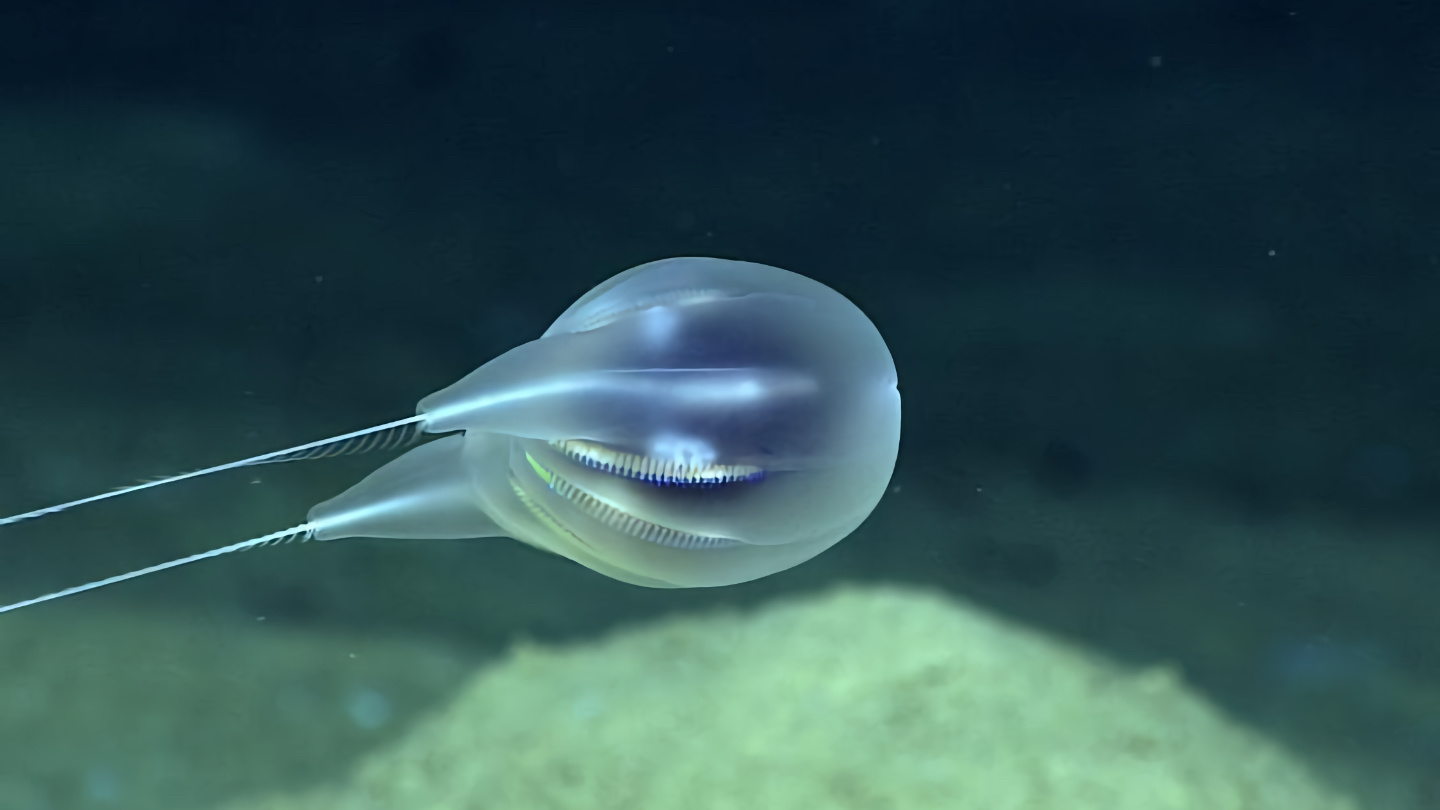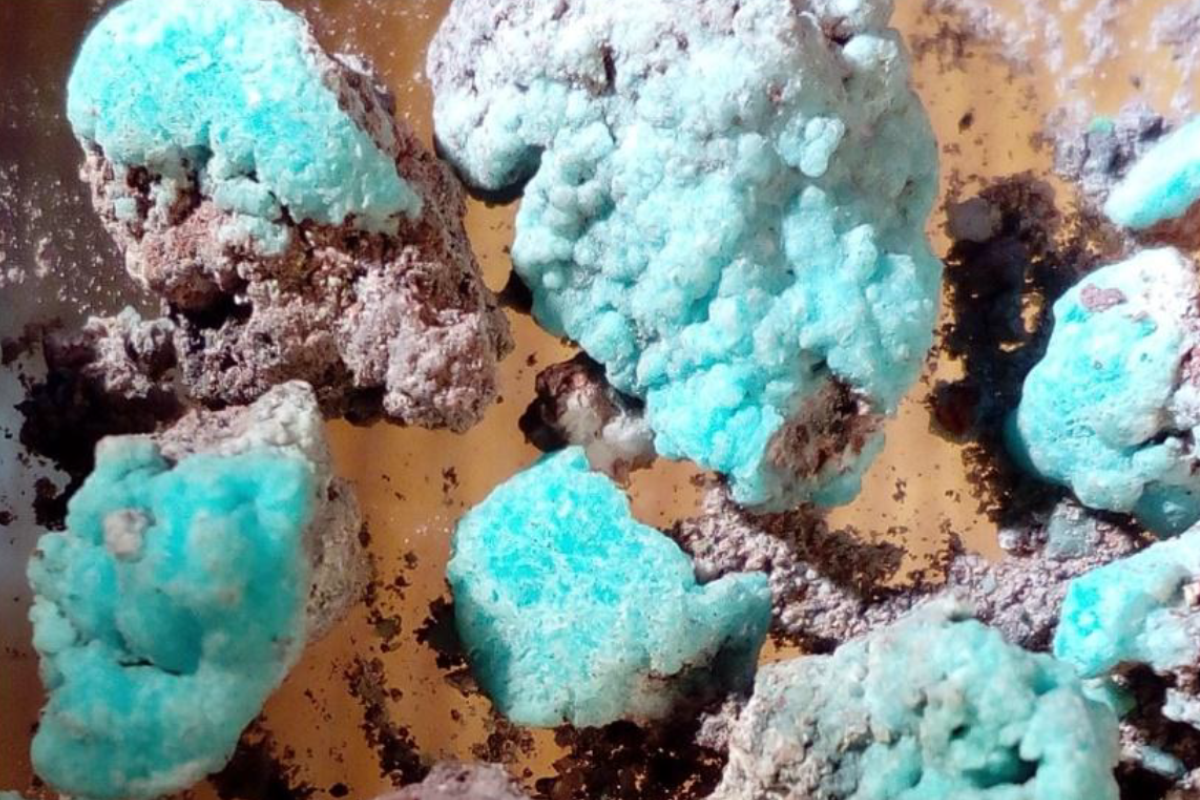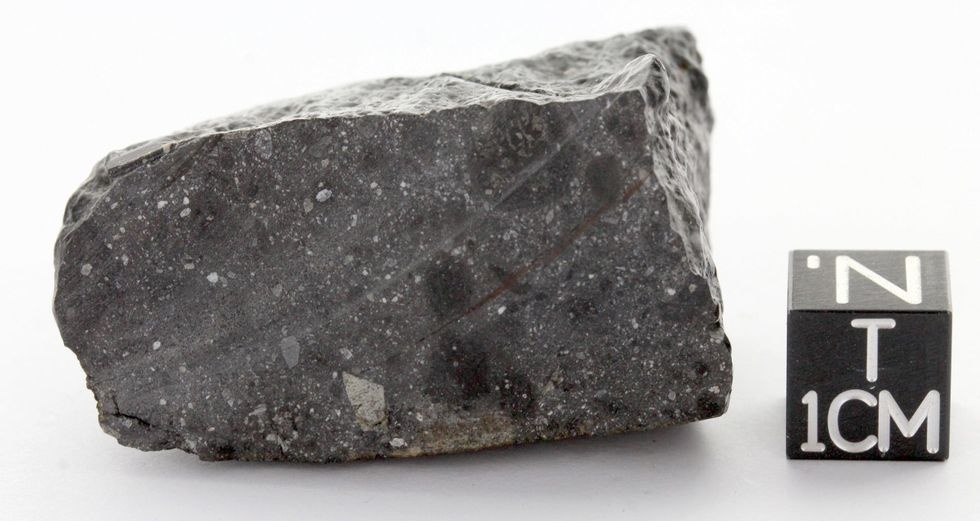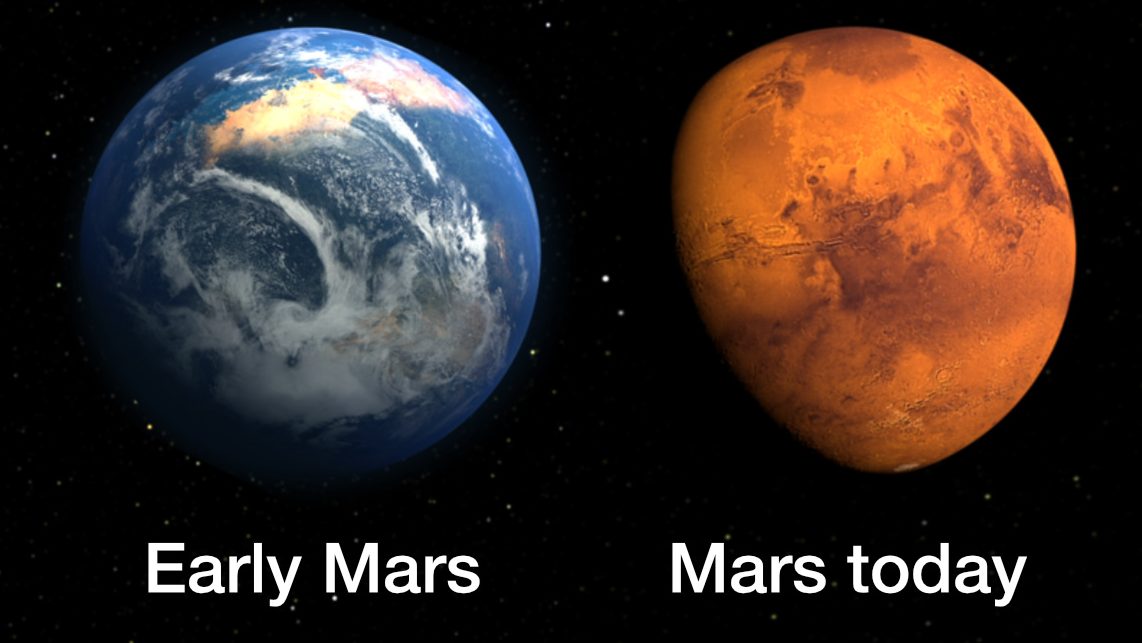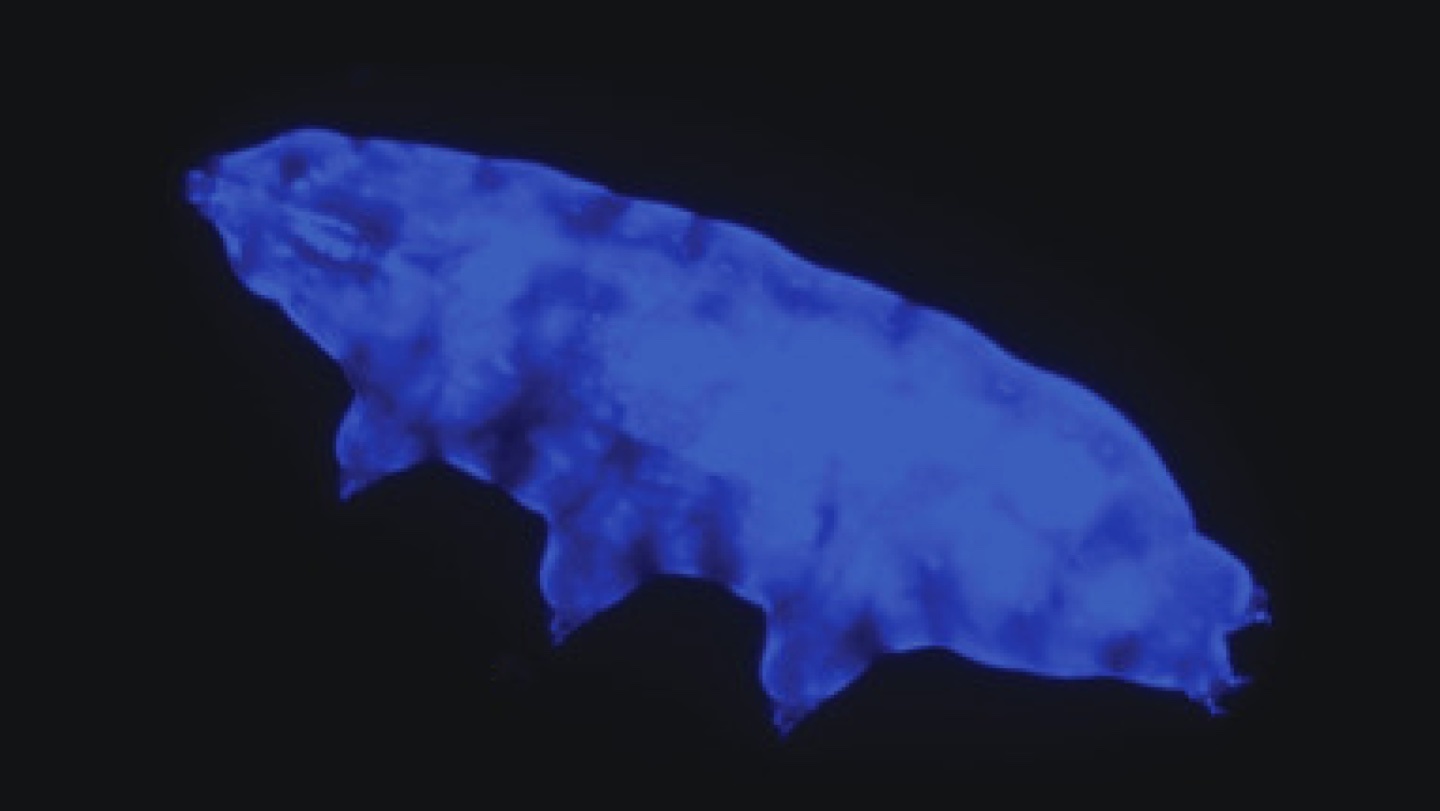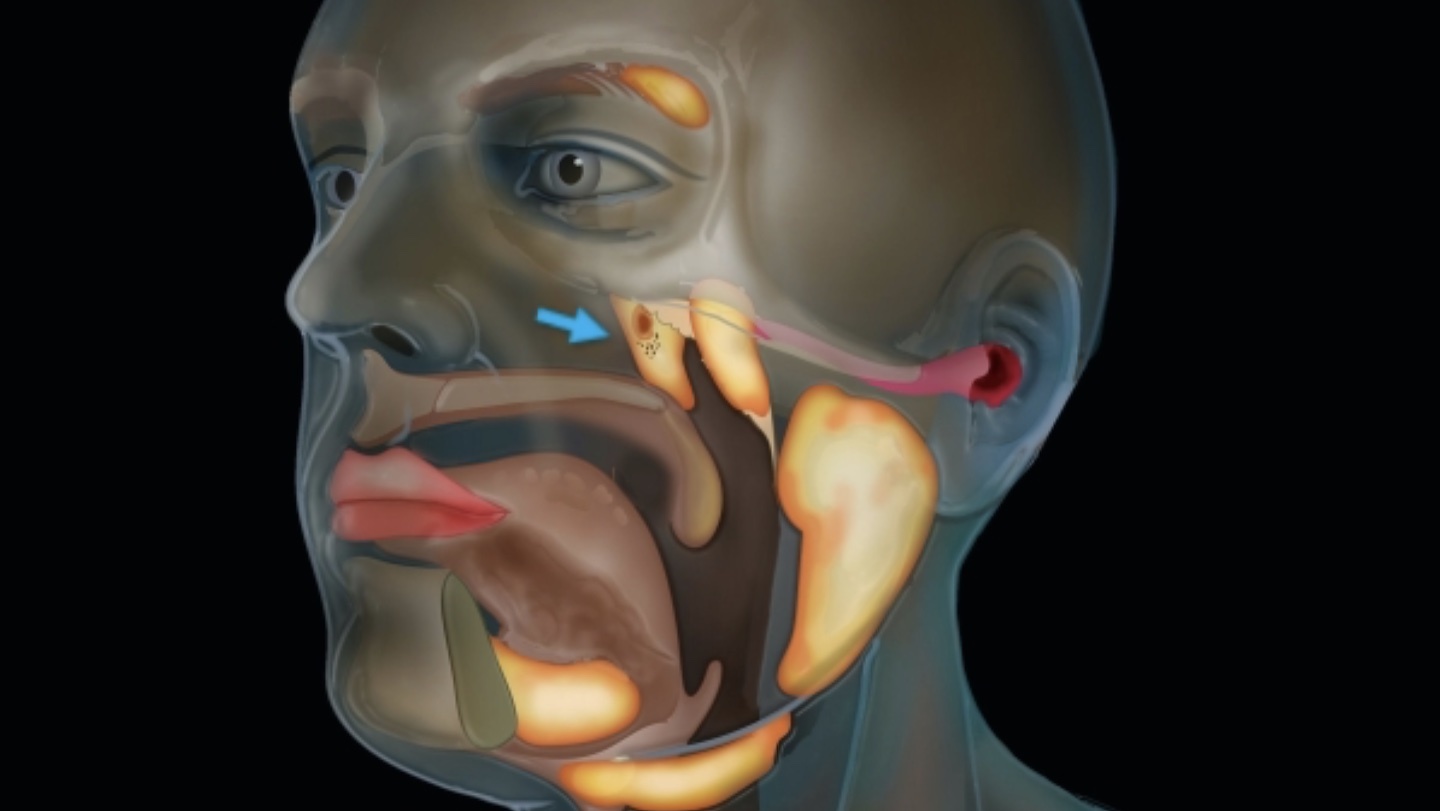discovery
Meet your new flying nightmare: Thapunngaka shawi.
Australian parrots have worked out how to open trash bins, and the trick is spreading across Sydney.
Eight-eyed arachnids can tell when an object’s movement is not quite right.
Jupiter’s mysterious auroral events are caused by vibrating waves of plasma.
Tiny fluctuations in old Kepler data reveals four runaway planets that are reminiscent of Earth.
Mastodons, rhinos, and even camels — all in the great state of California.
Roughly the size of a thumbnail, this newly discovered toadlet has some anatomical surprises.
We’re cautiously optimistic about our new findings.
Researchers find that the coffee pulp is valuable in its own right.
Researchers at the University of Illinois Chicago find that death triggers increased activity in certain brain cells.
Starling flocks, schools of fish, and clouds of insects all agree.
After 20 months, scientists find lab-dish brain cells matured at a similar rate to those of an actual infant.
A large new study puts caffeine-drinking moms on alert.
A study says nature’s candy can be a valuable supplement to sunblock.
Introducing the Deep Space Food Challenge.
University of Tokyo scientists observe predicted quantum biochemical effects on cells.
A new study suggests that maintaining gut health to avoid diabetes may be little simpler than previously believed.
Scientists find a new species of flower in a remote part of Hawaii.
Researchers from Norway discover that the Moon’s tides influence the release of methane from the ocean floor.
An important step toward figuring out our space station future.
A new study shows that at least one long-ago journey would have required deliberate navigation.
Researchers dramatically improve the accuracy of a number that connects fundamental forces.
Exceptionally high-quality videos allow scientists to formally introduce a remarkable new comb jelly.
Scientists discover that under certain conditions two kinds of water exist.
A mineral made in a Kamchatka volcano may hold the answer to cheaper batteries, find scientists.
Zircons in a Martian meteorite widens the possible timeframe for life on Mars.
An ancient Martian meteorite carries with it some compelling implications.
Another amazing tardigrade survival skill is discovered.
New cancer-scanning technology reveals a previously unknown detail of human anatomy.
Would you ever have sex with a robot?


